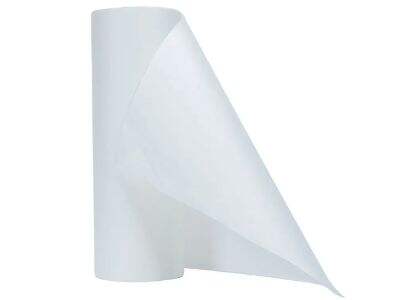Blister paper is a kind of paper which is used to package pills and tablets. Different needs require different types of blister paper. Generally speaking, when it comes to blister paper there are two categories: coated or uncoated. This article will teach you about coated vs uncoated blister paper, and which one you may need.
Coated vs Uncoated Blisters Paper
Blister paper coated is a type of blister paper has a specific coating on it to help protect the pills or tablets inside. The coating not only strengthens the paper but also adds an additional barrier to protect the medicine. Blister paper that is uncoated does not have this additional layer. It is thinner and more flexible, although it may not be as durable as coated blister paper.
How The Air Haven Works Everything You Need To Know
Blister paper coating is crucial to the packaging quality of blister paper. In general, coated blister paper is resistant and will not tear or break, keeping the medicine safe inside. It also helps keep out moisture and air, so the medicine remains fresh for a longer time. Uncoated blister paper may also tear more easily and doesn’t protect against moisture and air as well.
Selecting the Right Blister Paper
The first step step when deciding between coated and uncoated blister paper is to consider what you require. If you’re packaging delicate or expensive medicine, coated blister paper may be a better option to provide additional protection. If you’re looking for something lighter and more flexible, uncoated blister paper may be the way to go. Think about how sensitive the medicine is, how long it will be stored and any special packaging requirements.
Pros and Cons of Each Type
Blister paper with a coating has advantages like it is more resistant to moisture, oxygen, getting ripped, or damaged. But it could be more expensive and less flexible than uncoated blister paper. Uncoated blister paper has less weight but less protection and flexibility. It can also rip or break more easily.
Things to Consider When Making a Selection
Consider your packaging needs when choosing between coated and uncoated blister paper. Considerations like how fragile the medicine is, how long it will be stored and any individualized packaging needs can guide the decision-making process about which type of blister paper works best.” And don’t forget to consider the cost and availability of each type, along with any environmental issues.

